For my first post of the new year, I thought it was apt to start a new series I had been thinking about for a while. So many interesting discoveries about the past are constantly coming out, particularly in the realm of archaeology, but they do not always get much publicity. This series aims to pull together a few news pieces to do with history in recent weeks. Let’s get started!
A skeleton of a 1000-year-old nun in Germany has revealed she was a skilled scribe.
In probably the most talked about piece of news, scientists studying the skeleton of a nun discovered something exciting. The scientists were studying the tartar – hardened dental plaque on the teeth – of various skeletons in order to study centuries-old bacteria and identify the diet of our forebears. Instead, they found lodged in the teeth of one female skeleton some lapis lazuli. At this time, lapis lazuli was a very expensive pigment that was used in the production of highly decorated illuminated manuscripts. The pigment had to be imported from Afghanistan which added to its cost.
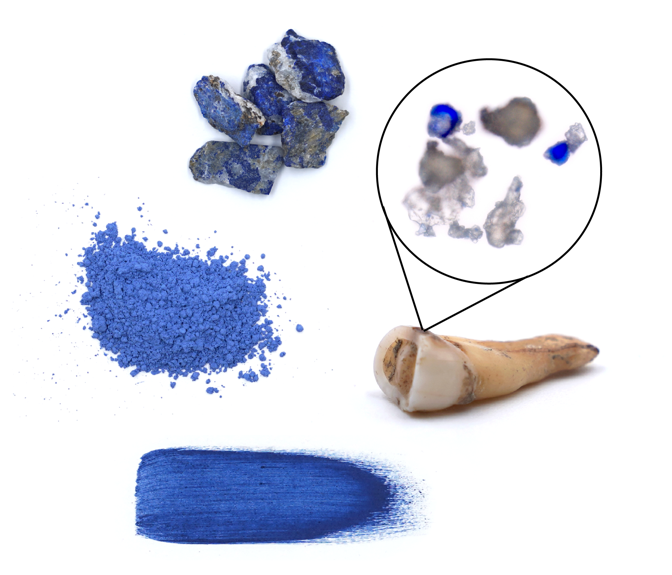
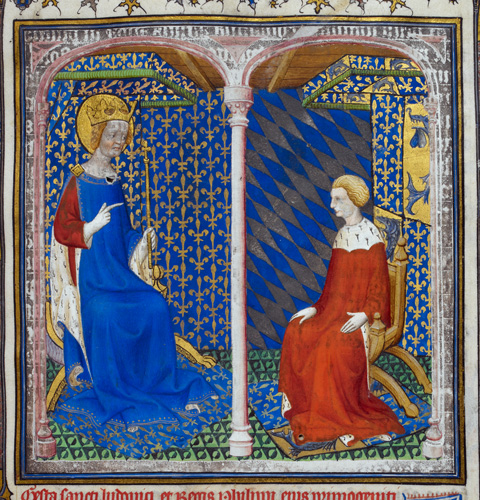
Blue was a popular colour in medieval manuscripts, as in this miniature of the Dauphin of France receiving instruction from Louis IX, British Library. A diagram shows the richness of the pigment and where it built up on the tooth, via The Atlantic.
For this nun to have enough contact with lapis to have it build up in her tartar like that showed she had prolonged exposure to it. Some people who did not believe that a woman of this time period would be skilled or trusted enough to be a scribe who worked with such a precious material suggested alternative theories, such as that she was the cleaning lady, or that she had repeatedly kissed the pages of an illuminated manuscript. None of the alternate scenarios were plausible under scrutiny, and so the team concluded that the woman was either a painter, or involved in preparing the pigment for herself or others. There are numerous examples of women of this period being involved in book production. In fact, a letter from 1168 from a men’s monastery shows they commissioned a sister “N” to make a luxury manuscript – just 40 miles from where this skeleton was found. Clearly, women in this area were involved in the highly skilled trade at this time.
You can read more about the findings here: https://www.theatlantic.com/science/archive/2019/01/the-woman-with-lapis-lazuli-in-her-teeth/579760/?fbclid=IwAR0v9HIDOUeFl0qZ6yH1DX5x-ox3fqrjayueCWv0-Od4HdXtVy8o3BUfWkM
A German First World War submarine has emerged on a beach in Northern France.
In July 1917, a German submarine crew mistakenly ran aground in Wissant, just south-west of Calais. They were forced to flood and abandon the submarine, and over the years it has been buried under silt. Every few years, depending on tides and the wind, the wreck becomes visible again, and the submarine has been visible at low tide since December. It is now becoming a fleeting tourist attraction. The vessel had been credited with sinking at least 11 ships.
Read more here: https://www.bbc.co.uk/news/world-europe-46846988
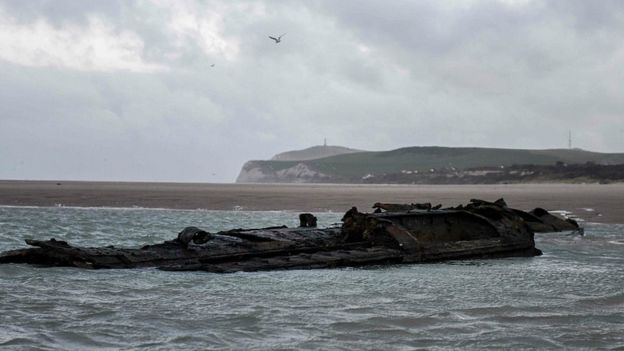
Image of the German submarine, via the BBC.
Ancient Egyptians could hold a grudge.
Excavations at a 3,500-year-old villa at Tell Edfu in southern Egypt has revealed a dark side to an individual. The villa was of significant size, measuring just under 4000 square feet, and was constructed c. 1500 BC. As in many villas of this time, there was a shrine which would have been used by the inhabitants to worship the gods and their ancestors who had previously lived in the villa.
However, a limestone carving of one couple who likely lived in the house surprised researchers. The carving shows a man who had the title of ‘major’ and a woman (presumably his wife) who had the title of ‘noble woman’, showing that the couple were part of the administrative elite of the ancient town. At some time contemporaneously the faces of the couple were damaged and the hieroglyphics giving their names and information were scratched out. In Egyptian beliefs, this was a sign of wanting to erase the memory of the person and “therefore obliterate their existence in the afterlife”. Quite a grudge to hold.
You can read more about the carvings and their meaning here: https://www.livescience.com/64514-ancient-egyptian-carving-afterlife.html
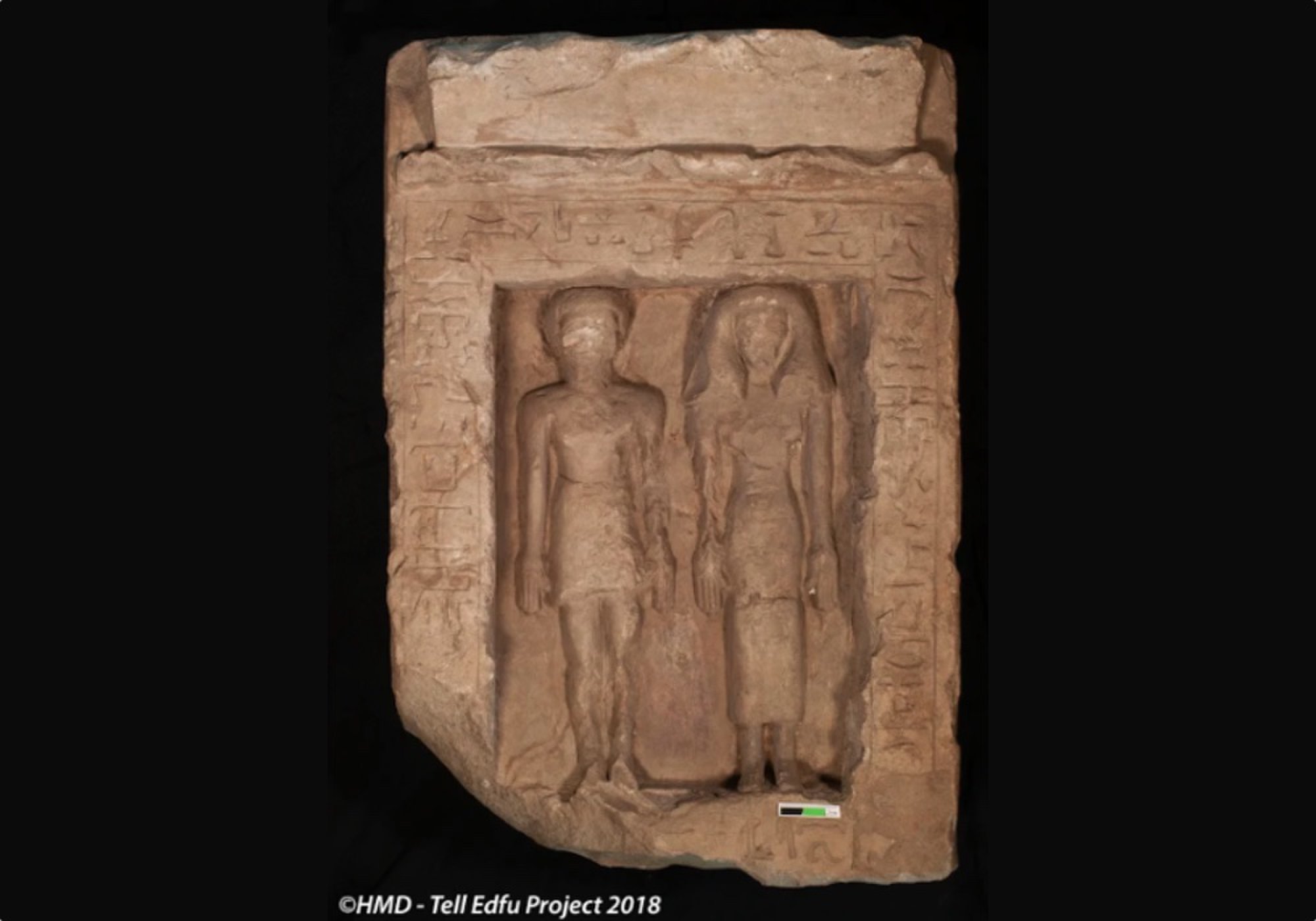
The tablet of the couple which was defaced thousands of years age. Via Livescience.
A unique painted tomb floor has been found in China.
Archaeologists have been excavating a graveyard in Futun Village in the city of Jinzhou, China, found back in 2014 – unfortunately after it had been robbed. Four tombs have been found so far which all date to the Liao Dynasty which flourished between 916-1125. Various objects have been recovered, but it was announced this week that one tomb, that of a noble, has wall paintings and ground paintings. Whilst ground paintings have been found in other tombs, this is the first one to be found dating to the Liao dynasty. The 1000-year-old paintings show horses and carriages, flowers, dragons, and a phoenix.
Source: http://www.xinhuanet.com/english/2019-01/16/c_137748712.htm
Evidence of early human activity has been found at a submerged prehistoric forest in the Western Isles.
The island of Benbecula off the west coast of Scotland holds an ancient forest which was at its peak 10,000 – 7,000 years ago. The forest is now destroyed and submerged, leaving the remains of trees partially fossilised. Archaeologists have now found objects which indicate an early butchery site, such as stone tools for preparing food. There were also remains of a wall and possibly stone houses. It is not possible as of yet to date the remains, though they are believed to be later in date than the forest – perhaps closer to 3000 years ago when the woods had all but disappeared from the site.
You can read more about the site here: https://www.bbc.co.uk/news/uk-scotland-highlands-islands-46890793?intlink_from_url=https://www.bbc.co.uk/news/topics/c1038wnxyy0t/archaeology&link_location=live-reporting-story
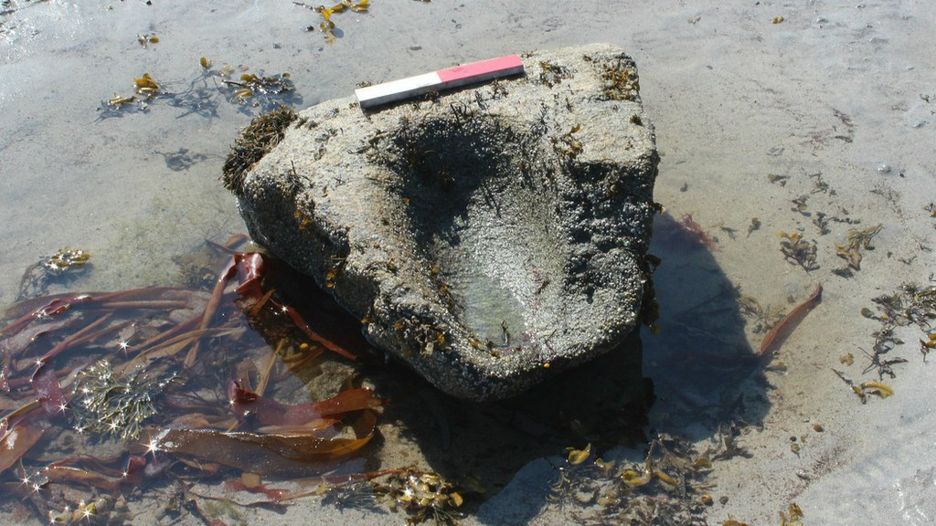
A saddle quern stone found at the site, used for grinding food. Via BBC.
That ends our monthly round up! Hopefully you have learnt about something new, and we look forwards to returning next month to bring you exciting new discoveries.
Previous Blog Post: “Dazzling in the Extreme”: Ice Skating in the Victorian Era
You may like: A tour through History: Just History Posts Top 10
List of Blog Posts: here Blog Homepage: here
Buy my books via the pictures below! Or why not check out our shop?
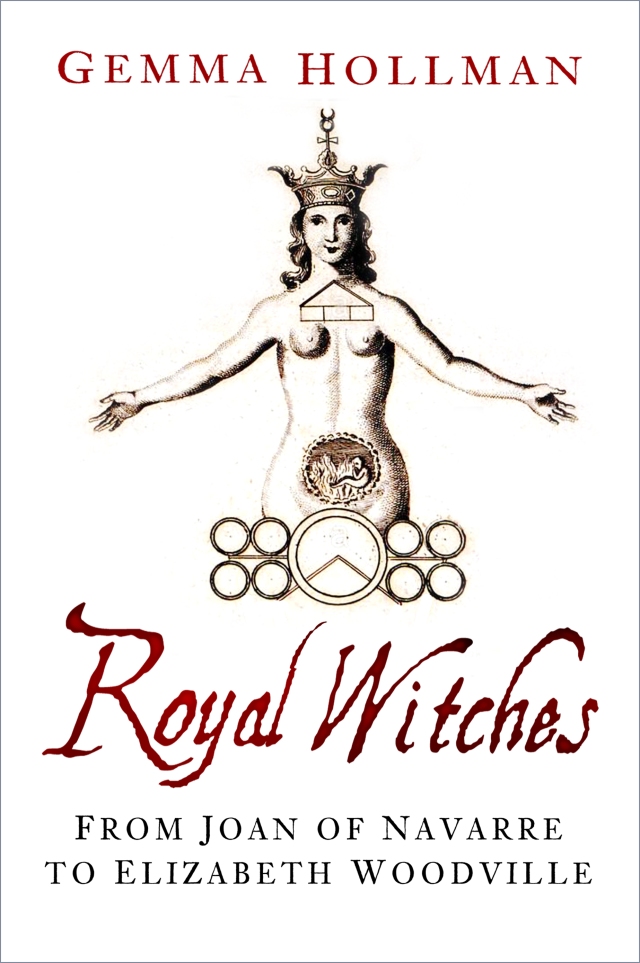
Follow us:


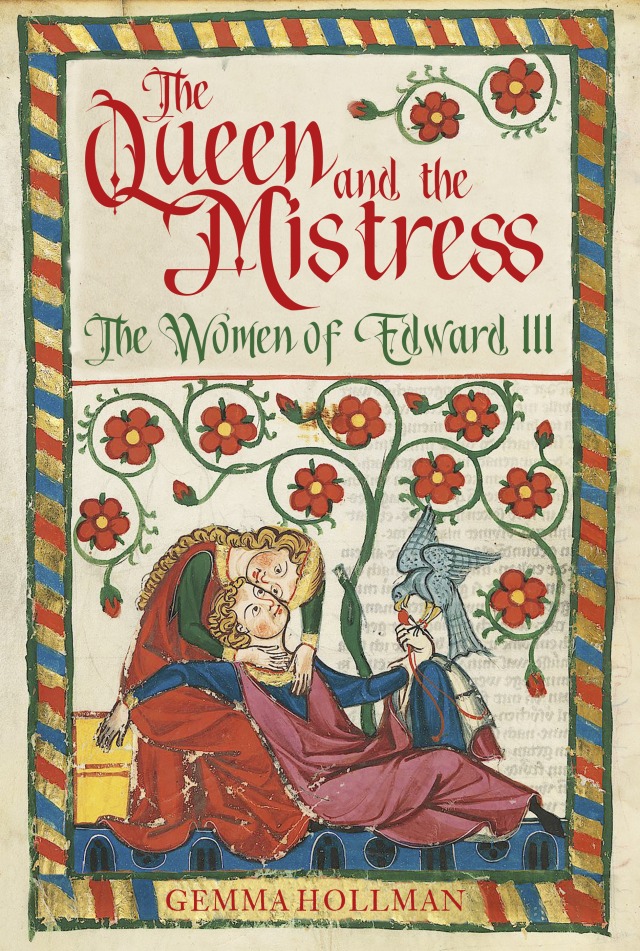



Fascinating round up. I shall read all the links. I like perspective in a narrowing world!
LikeLiked by 1 person
Thank you! Glad you enjoyed. Yes it is nice to learn new things that are being found all the time – I learnt a lot composing it!
LikeLike
I really enjoyed your roundup. Although I had read about the U-Boat, the other January finds were news to me. Many that for this monthly overview. Can’t wait to read the next one!
LikeLiked by 1 person
*thanks, not that (Sorry.)
LikeLiked by 1 person
Thank you, I am glad to hear! I learnt new things myself – it is amazing how much we still have to find.
LikeLiked by 1 person